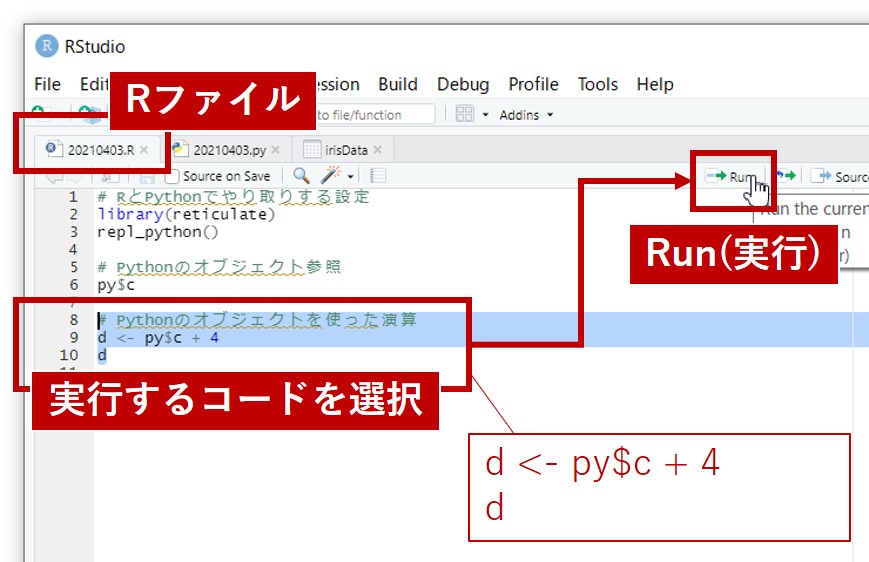

Or by running scripts from the terminal inside RStudio. Most data scientists write their code in separate places. language has the Jupyter Notebook (and more recently Jupyter Lab) that provides a web-based notebook. Start using Python in RStudio by typing reticulate::repl_python() in the R console, or running a line of Python code from a Python script from the RStudio editor by Cntrl + enter. language has the RStudio IDE, which is a great IDE for data science because of its feature rich setup for efficiently developing analyses.Restart R! Open R and close the terminal tab.Finally set -l (lower case L) as the option for “Custom shell command-line options”. Open Global Options in RStudio and in the Terminal sub-menu, select “Custom” as the “New terminals to open with” option, and add the path to GitBash (should be something like C:/Program Files/Git/bin/bash.exe) as the “Custom shell binary” option.In Windows, you need \\ instead of a \ to separate the directories, for example my path here would be: C:\\Users\\tiffany.timbers\\miniconda3\\python.exe. RStudio is described as integrated development environment (IDE) for R.

Rprofile file: Sys.setenv(RETICULATE_PYTHON = "path_to_miniconda's_python") replacing "path_to_miniconda's_python" with the path to your miniconda Python. Rprofile file from your HOME directory should open in RStudio type usethis::edit_r_profile() into the R console inside RStudio, and an.Install the should use the miniconda version of Python in your. To do so, follow these steps after installing miniconda: You can now use RStudio as an effective Python IDE. Intro-to-reticulate Using Python in RStudio Mac & Linux users


 0 kommentar(er)
0 kommentar(er)
